|
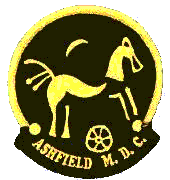
| |
Find Of The Month June 2007
|
| |
Coin |
|
 |
Henry III
Cut Halfpenny
Found By : John Radford |
 |
| |
Artefact |
|
|
|
Seal
Found By : Bill French |
|
 |
Find Of The Month July 2007
|
| |
Coin |
|
 |
Elizabeth I
Hammered 3/4 d
Found By : Dave Hallam |
 |
| |
Artefact |
|
|
|
Roman Trumpet Brooch
Found By : Eric Purseglove |
|
 |
Find Of The Month August 2007
|
| |
Coin |
|
 |
Eadwald
Silver Penny
Found By : Bill French |
 |
| |
Artefact |
|
|
|
Gold Pendant
Found By : Duncan Walters |
|
 |
Find Of The Month September 2007
|
| |
Coin |
|
 |
Henry VII
Half Groat
Found By : Bill French |
 |
| |
Artefact |
|
|
|
Medieval Buckle
Found By : John Wardle |
|
 |
Find Of The Month October 2007
|
| |
Coin |
|
 |
Bergred
Silver Penny
Found By : Richard Northey |
 |
| |
Artefact |
|
|
|
9th Century
Saxon Silver Strap End
Found By : John Radford |
|
 |
A selection of some of the many other interesting finds made by club members since the publication of the last newsletter
|
| |
Medieval Turret Brooch |
|
|
This medieval 14th., century copper alloy brooch was found by
John Radford on a recent club search.
It is a ring brooch with eight inlaid turrets spaced around the ring.
At one time it would have been set with glass or stones in the
top of the turrets. In between the larger turrets are seven smaller
turrets. One of these has the remnants of a reddish stone. The pin
is still present although this appears to be made of a different
copper alloy than the body of the brooch.
It has been recorded by the Finds Liaison Officer.
|
 |
| |
George III Penny |
|
 |
Possibly the best George III penny to be found on a
club search.
Soho mint fourth issue dated 1807
Found By : Bill Severn |
 |
| Hoard of Buckles |
 |
The six 17th., century buckles pictured here were found in the same
approximately 25 meter area that numerous other buckles of the same
age have been found. All the buckles appear to be in mint condition.
How they came to be lost in the same small area may never be known.
|
Iron Age Potin
|
 |
Cast copper alloy potin 'Class 1' type 2nd. to 1st. Century B.C.
Reference, Richard Hobbs 'Iron Age Coins in the British Museum'
Obverse:- Stylised head in profile facing right. No Inscription.
Reverse:- Stylised bull (?) butting left (?) two crescents above and a pellet below
|
 |
|
Potin coins were made in Britain or Gaul from the 2nd century B.C. onward.
They were cast rather than struck. The word potin comes from the French for a
bronze alloy containing about 25% tin.
This unusual coin was found on a club search by Dave Hallam
|
Things Are Not Always What They Seem !
|
 |
This coin was found by John Radford on a club search. When he tried to identify it he was
puzzled because he could not find it listed under the coins of Vespasian as the inscription
stated. Although it has Vespasian ( 69-79 AD.) in retrograde letters on the obverse it was
issued by Titus ( 79-81 AD.) before he became emperor whilst he was assisting his father,
Vespasian to rule the empire.
|
 |
|
Titus Flavius Vespasianus, born in A.D. 40, was the son of
Vespasian, He served in Germany and Britain and commanded a legion in the Palestine campaign.
When Vespasian left to take up the purple Titus remained to carry on the war and captured Jerusalem in A.D. 70.
On his return to Rome he was promoted and helped his father rule the empire. On his father's death (79AD.) he
automatically succeeded him, but he died two years later. He was extremely popular (although he looked miserable
on his coins) and his death caused great sorrow. Two disasters occurred during his short reign, the
eruption of Vesuvius in AD 79 and then the plague and fire of Rome in AD 80.
The coin is a denarius (the first one John has found).
Obverse:- Titus, laureate head facing right, with the retrograde inscription T. CAESAR IMP. VESPASIANVS.
Reverse:- Jupiter standing facing, holding sceptre and patera over a low garlanded altar which is on the left.
Inscription, IOVI CVSTOS, (meaning Jove or Jupiter the preserver) .
The coin was minted in Rome between A.D.74 and A.D. 79. There is a note that some of these coins were silver plated.
|
English Clay Pipes
|
|
Quite often a metal detectorist can find in the fields, by 'eyes only'
of course, a piece of broken clay pipe stem or if lucky a clay pipe
bowl. A clay pipe stem can be roughly dated by the nature of the hole
running through it. A wide off-centre hole usually means that it can be
dated 17th. to late 18th. century, after this the hole is central and
narrower as a result of the introduction of machines and moulds. Clay
pipe bowls can be dated by size and shape, some examples from 1620 to
1890 are given in the drawings below.
During the first half of the 18th. century designs appeared on the
bowls, for instance the Prince of Wales's feathers and City arms. In the
1750's Masonic emblems, names of regiments and public houses were used.
In the Victorian era decorations became popular, all manner of designs
could be had, fruits, flowers, fish, slogans, clubs, societies, sports,
pastimes, the heads of jockeys, boxers and actors, to name but a few.
These were usually called fancies or fancy clays.
The first clay pipes were probably used by the American Indians. In
England they were made from just after the introduction of tobacco in
1558. All classes of society indulged, including women and children, the
only restriction being the cost of tobacco. At first the act of smoking
was called 'drinking tobacco'. In 1573 this was described as
'The Indian herb called 'tobaco' taken
by an instrument formed like a little ladell wherby it passeth from the
mouth into the head and stomach, is gretlie taken up and used in England
against rewmes and some other diseases ingendered by the longes and
inward parts....' . In 1599 Thomas Platter in his book 'Travels in
England' wrote 'In the alehouses,
tobacco or a wound wart are obtainable - the powder is lit in a small
pipe, the smoke sucked into the mouth, and the saliva is allowed to run
freely, after which a good draught of Spanish wine follows.' I
bet it does !
The first pipes used in England had small bowls which only held a pinch
of tobacco. Pipe bowls remained small for many years even though the
supply of tobacco increased. The main reason for this was the cost, in
particular the increases in tax on tobacco, from about 2d. a pound in
the reign of Elizabeth I to 6s.10d. in the reign of James I, later in
George III's time it fell to just over 6d. a pound.
Points of interest:-
* The word nicotine came from the name of a French diplomat, Jean Nicot,
who was so enthused by tobacco that he recommended it to the French
court in Paris.
* Smoking was encouraged during the great plague in an effort to ward
off the disease.
* In the 19th. century working men smoked a short clay pipe usually supplied with a pint by the innkeeper.
* The short pipe could be smoked whilst working and often pipes bought
of a longer length had the stem broken to suit the needs of the smoker.
* Often the short pipe was called a 'nose warmer'.
* Sometimes a small metal trouser button would be put in the bottom of
the pipe to act as a filter or to decrease the amount of tobacco used in each fill.
* In the Napoleonic wars pipes were used as an emergency powder measure for loading muskets.
* Clay pipes were used on fairgrounds as targets in side shows.
* Until recently they were used by children for blowing soap bubbles.
|
Horn Books
|
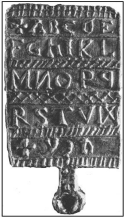 |
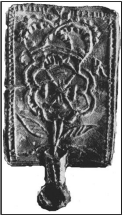 |
 |
|
The Brassington Horn Book |
This fragment of a horn book was found at Cotgrave on a club search
|
|
The Brassington horn book was found during alterations to the Tudor House, Brassington, Derbyshire.
This fine example has both the obverse and reverse sides shown in the above illustration.
It is quite small measuring 51mm. in length, 38mm. in width and weighs 38g.
Horn books were used by children to learn to read and write. Usually they were just made of an
oblong of wood with a paper printed with the letters of the alphabet on it, in turn the paper
was covered with a sheet of transparent horn to keep it clean. The three layers were then fastened
with a brass strip on each side and nailed with brass tacks. A feature in common was a handle
with a hole in it and a cord threaded through to enable the child to hang it around the neck or
on a belt for safety.
The Brassington horn book is made of cast lead complete with the usual handle. As for its date a clue
can be found in the Tudor rose and crown with the letters E.R. on either side.
Indicating that it possibly dates to the reign of Elizabeth I.
The fragment found at Cotgrave, Nottinghamshire is also made of lead. It is close to the
width of the Brassington one, unfortunately the reverse is blank. The recovery
of this artefact shows the importance of examining all scraps of lead before disposing of them.
|
Finds Liaison Officer At Work
|
 |
|
Anja Rohde the Finds Liaison Officer for Nottinghamshire and Derbyshire intently examining
a find made by club member Bill French. Bill, however, is more keen on posing for the
camera and can be heard asking, 'would I be better in profile ?'
Anja attends the club about every two months and records details of all finds reported by
club members. She also accepts the declaration of any find being subject to 'Treasure'
under the 'Treasure Act' and takes charge of the item.
The number of finds recorded by her is considerable and the club members are delighted with
her 'on the spot' identifications. Finds sent for further examination
(not 'Treasure') are usually returned on her next visit to the club.
|
Books
|
|
In this issue of the newsletter I would like to tell you about a book I bought in the
late 1980s, regrettably at the full retail price of £20, it is FAIRBAIRN'S CRESTS.
The book is now out of print but copies are for sale at Amazon.com priced from £37 to £78.
I have found it useful when attempting to identify livery buttons although even in a
volume of over 750 pages, many crests are not represented.
I was going to describe the contents but the description on the back cover
says it all far better than I could.
|
Fairbairn's Crests
|
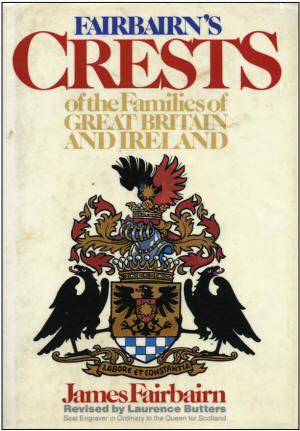 |
|
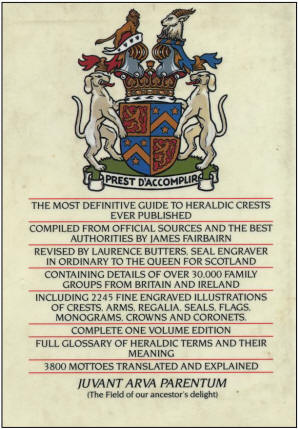 |
Late Bronze Age Axe
|
 |
|
Late bronze age socketed axe found in two pieces by two different people,
the finder of the larger portion being Dennis Brown. The decoration consists of ribs
on each side not quite equal in length or distance apart, with ring
dot terminals. Found in the Gotham area. Description by R. C. (Bob) Alvey, Nottingham University.
|
 |
|
Medieval Buckle Found By : John Wardle |
Roman Influences
David Hallam
|
|
When the Romans invaded Britannia no one could have imagined that the changes they brought
would be so significant that they would endure the demise of the Roman Empire and all the
efforts of our subsequent invaders. Their influence would endure to become permanent additions to
our language and culture. Most people know that Latin is still used today by our legal profession
and scientific profession but many modern words derived from our conquerors are used by us
today. The Romans gave our country a name and that name still exist today Britannia - Great Britain
Prior to that invasion later iron-age Britain was predominantly rural with a few large settlements
in south-east England. Emperor Vespasian used the word oppidum to describe these settled communities,
a word used to indicate cities in the Celtic world. Under Romanisation, a newly conquered area would
be under the control of an Imperial Governor who would allow self governing communities called
civitates to govern. Most of us recognise the word CIVITAS from our hammered and milled coinage through
to Elizabeth I (1603) when trying to identify where the coin was minted. Other words used to
indicate communities were colonia, municipium, vicus and urb so we can easily recognise our
modern extrapolation to colonial municipal and urban.
With government came Taxes and even in Roman times there was a Poll Tax (tributum capitis) a
tax on property, other than land, which was used for trade or commerce plus another tax on
land and fixed property (tributum soli) so once again we can see where the words tribute/tributary
and capital arrived from.
Justice was the responsibility of two senior magistrates (duoviri jurdicundo) appointed from the
administration or council called (ordo) which was made up of up to 100 elected citizens so once
again we can see where the words duo, judiciary and order originate from. Anybody who uses
the internet recognises the word forum as a meeting place and so they were in Roman times,
an open market place used for both public and administrative meetings.
Bathing was an important part of Roman life as the public baths were used for exercising,
gambling, gossiping and socialising. Baths allowed mixed bathing although some emperors
did ban this due to the licentious behaviour of some and regulate the hours that men and women could bathe.
The usual sequence of bathing was:-
| 1 |
Undress in the apodyterium |
|
| 2 |
Enter the frigidarium a room with a cold plunge bath |
Fridge |
| 3 |
Then on to the tepidarium a room of medium heat |
Tepid |
| 4 |
Then to the caldarium a room of intense heat |
Cauldron |
One of the responsibilities of the ordo was to provide the Roman Imperial Post Service
cursus publicus with staging posts in towns and cities so accommodation was provided
at inns by offering mansiones for men and horses. You don't have to be a mastermind
to see where public, maisonette or curse comes from.
These are just a few examples of Latin words that have survived the Roman Invasion
by being adapted into our language.
|
Damp Beds
|
|
Clean sheets are not remarkably common at common inns, where, I am informed, that the practice is
to take them from the bed, sprinkle them with water, to fold them down, and then put them in a
press. When they are wanted again, they are, literally speaking, shewn to the fire, and in a
reeking state laid on the bed. The traveller is tired and sleepy, dreams of that pleasure
or that business which brought him from home, and the remotest thing from his mind is,
that from the very repose which he fancies has refreshed him, he has received the rheumatism.
The receipt, therefore, to sleep comfortably at inns, is to take your own sheets, to
have plenty of flannel gowns, and to promise, and take care to pay, a handsome
consideration for the liberty of choosing your beds.
Damp beds are oftenest found in inns that are least visited; they ought to be carefully
avoided, for they not only produce dreadful disorders, but have often proved the
death of the person who has had the misfortune to sleep in them. Especially in
winter, not only examine the beds, to see whether they are quite dry, but have
the bedclothes in your presence put before the fire. Just before you go to bed,
order a pan of hot coals to be run through it, then place a clean tumbler inverted
between the sheets, and let it remain there for a few minutes; - if on withdrawing it the
slightest cloud is observable on the inner surface, be certain that either the bed or the
sheets are damp: sleeping in the blankets is a disagreeable, but the safest way of
escaping such danger: there are many persons in the habit of travelling, who make
it a constant practice. A wash leather sheet, about 8 feet by 5, is not an unpleasant
substitute for linen.
The only absolutely safe plan is, to sleep in a bed which you are sure has been occupied
the night before; and that, must be the best-aired bed which was slept in by the best-aired person !
Advice given in the eighteenth century publication, 'The Traveller's Oracle'.
|
Great Seal Of The King Of England
William II. 1087-1100
|
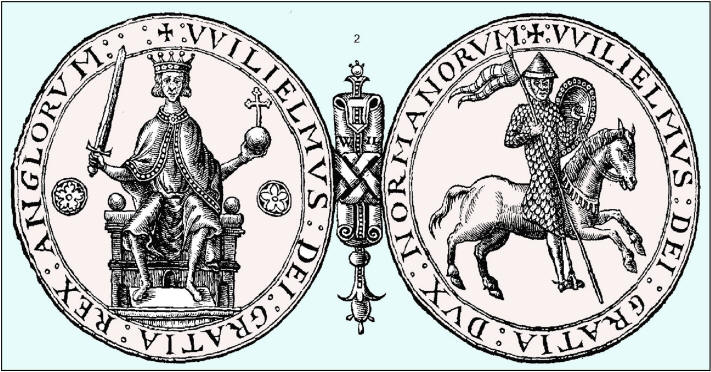 |
Raffle Winner
|
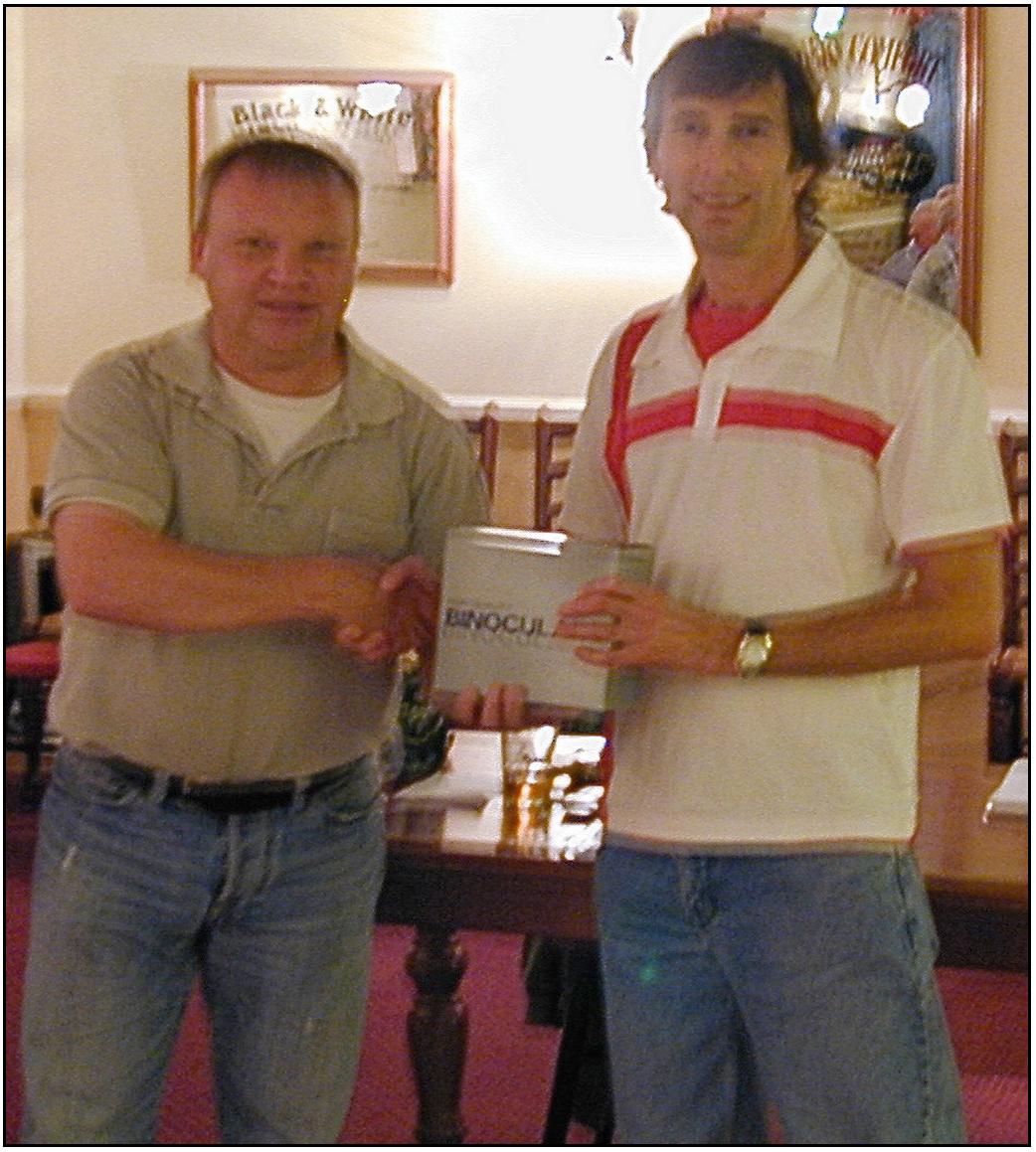 |
|
The club chairman, Richard Northey, presenting raffle winner Mark Islip with a pair of
binoculars.
They were donated by :
Evergreen Detectors, Montgomery
http://www.uk-metal-detectors.co.uk
|
Written by John Gough |
